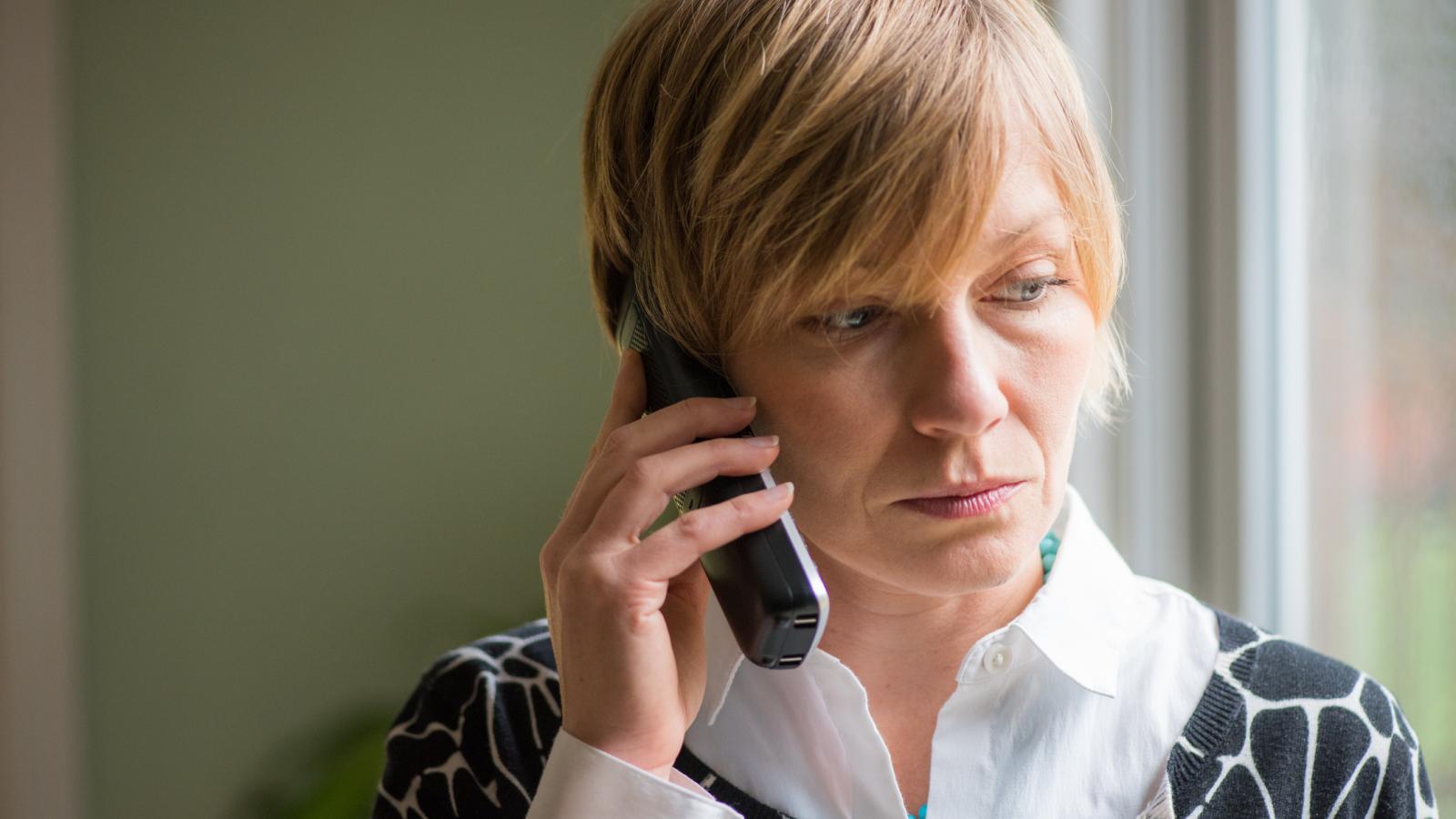Communicating after surgery to remove your larynx

If your voice box has been removed, you will not be able to speak the way you did before.
After surgery
While you’re recovering you can communicate through writing, a mobile phone or computer, picture charts, facial expressions and mouthing, or by pointing and making gestures.
Coming to terms with communication changes
You may feel frustrated, angry and upset at yourself or at the people closest to you, but you should feel better once you get used to communicating in a different way. Your medical team will give you lots of support and advice.
Learning to speak again
There are three main ways to make a new voice after a laryngectomy. Your specialist nurse will talk to you about your options.
- Tracheoesophageal (“tracky-a-soff-a-gee-al”) speech: Talking using a valve (voice prosthesis) put into an opening in your throat. You can talk when the opening is covered with a finger or thumb.
- Oesophageal speech: Learning to speak by pushing air from your mouth to your oesophagus (food pipe) with your tongue.
- Electrolarynx tracheoesophageal speech: A hand-held device like a microphone that you hold against your neck or cheek when you mouth words. The sound is passed through your neck or cheek to your mouth.
Tracheoesophageal speech
Talking using a valve (voice prosthesis) put into an opening in your throat. You can talk when the opening is covered with a finger or thumb. Voice will be produced as the air passes through the top of your oesophagus, causing the muscle to vibrate. This might take a little bit of practice at first.
Tracheoesophageal speech can only be used if enough of your pharynx has been left to provide a source of vibration.
At a later stage, it may be possible to fit a device over the opening to give you hands-free speech. This means you will not have to use a finger or thumb to close the stoma.
Your speech and language therapist will support you in learning to talk with the valve and will show you how to care for it.
Protecting the valve
The opening will close over unless a valve is kept in place at all times. If the valve falls out, you should replace it with a clean valve or a thin rubber tube (catheter) straight away. This will all be explained and shown to you and you can practise it with your speech and language therapist before going home. Contact your speech and language therapist or nurse if you are unsure when you are at home. If the puncture closes over, it will be 6 months to a year before you can have an operation to make another one.
Some valves last for 3 to 6 months if they are kept clean, depending on the type. In time, most people learn to change their own valve.
Oesophageal speech
Oesophageal speech is made by pushing air from your mouth to your oesophagus (food pipe) with your tongue.
The sound or voice comes from the top of your oesophagus when the air is released back to your mouth. This happens because the air vibrates as it passes through the muscles at the top of your oesophagus.
This method of speech is not suitable if you have had most of your oesophagus removed.
The voice will not sound the same as your old voice. It is usually deeper and not quite as clear. Remember it can take a lot of time to achieve a good level of speech. But it is easily understood and can sound very good with practice.
Electrolarynx tracheoesophageal speech
The electrolarynx is an artificial larynx. It is a battery-operated hand-held device that looks like a microphone and about the same size. It has an on/off switch along with switches to control the pitch and volume. When turned on, it makes a vibrating sound like a voice. If the head of the electrolarynx is held against the skin of your neck or cheek when you mouth words, the sound is passed through your neck or cheek to your mouth. There is also the option of an oral adaptor, which is attached to the electrolarynx. This is a thin tube placed in your mouth which can vibrate in the same way.
Time to learn
It can take practice to get used to a new way of speaking. Most people learn how to use their new voice within a few weeks, but it varies. It can help to have a positive attitude towards your new voice. It may also help to meet with someone who has had a laryngectomy. Your speech and language therapist can arrange this for you.
What will my voice sound like?
- For tracheoesophageal and oesophageal speech your accent will be the same but the quality of your voice may be different, for example it may sound like you have a sore throat.
- The speech from an electrolarynx is clear but does not sound like your old voice.
For more information
Phone
1800 200 700


